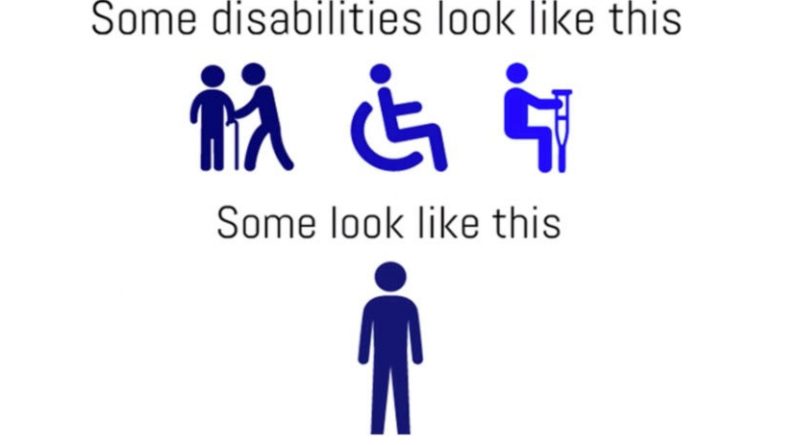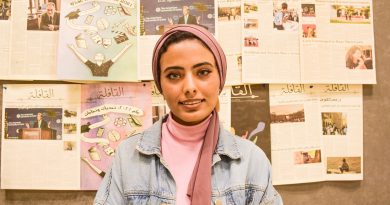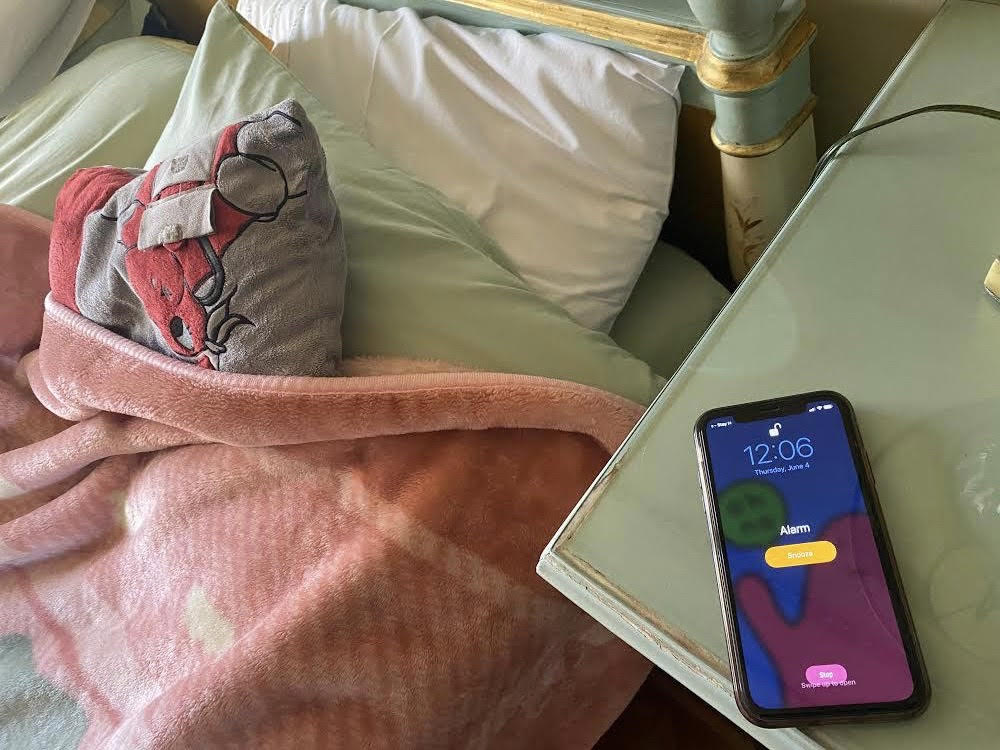Overcoming Hidden Disability Barriers Through Self-Advocacy
By: Maya Abouelnasr
@EmEn1125
The Center for Student Well-Being has hosted a webinar discussing the difficulties which students with hidden disabilities face, such as social stigma and employment challenges.
According to the World Health Organization (WHO), the definition of the term “disability” is multidimensional, as there are several different types – some of which are visible, as in the case of physical disabilities, and some which remain hidden. Hidden disabilities include learning disabilities and disorders, psychological disabilities, sensory impairments and chronic health issues.
Student Disability Services Associate Director Alexandra Gazis said that while opportunities and assistance services for physical disabilities have increased, more inclusion still needs to be done for those with hidden disabilities.
“Some may think it is a blessing that the disabilities are hidden because it’s away from the stigma,” Gazis said.
But she debunked this quickly.
She added that the hidden nature of disabilities leads to a lack of awareness because they’re not immediately visible. Gazis explained that those asking for additional help may fear being perceived as privileged or attention-seeking.
Officer of Disability and Accommodations Nada Al Mosallam used the webinar to define various learning disabilities and disorders, as well as addressed common disability myths.
Such myths claim that people with learning disabilities are lazy and have limited concentration. Another myth is that people with psychological disabilities are violent and are always out of touch with reality.
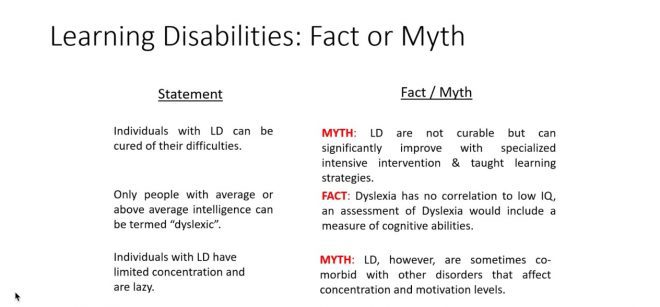
Al Mosallam told The Caravan that empowering those with disabilities to practice self-advocacy of their rights and interests is especially crucial in light of social and cultural perceptions.
She added that a key first step for people to become better informed and more inclusive is by changing their language to help remove the stigma associated with disabilities.
“When we use ‘People First’ language to refer to individuals with any kind of disability, the narrative and the way we see those individuals ultimately changes,” Al Mosallam said.
‘People first language’, is one that does not discriminate or suggest that those with disabilities are abnormal.
“Understanding that we are all people, using our bodies and skills to the best of our ability, removes the notion of ‘difference’ and reduces the social stigma surrounding disability,” Al Mosallam added.
Once this is done, awareness can be raised to foster a more inclusive atmosphere on the societal level.
Al Mosallam and Gazis further discussed barriers for students with hidden disabilities and mentioned the cultural perception of disabilities and mental illnesses in Egypt as a whole.
They pointed out that despite the growing global normalization of discussing disabilities and mental health in recent years, the topic still remains largely taboo in Egypt, as it is perceived to be a source of shame.
One of the barriers revolves around employment challenges. The webinar focused on the case of students who question whether or not they should disclose their disability to employers out of fear of rejection.
According to the United Nations Development Program (UNDP), there are approximately 12 million reported persons with disabilities (PWD) in Egypt.
The year 2018 was dubbed as the “Year of Disabled People” in Egypt in an effort to foster a more inclusive society. Egyptian President Abdel Fattah El Sisi ratified Law No. 10 of 2018 on the Rights of Persons with Disabilities. This law replaced the 1975 Rehabilitation of Disabled Persons Act, which mainly had to do with rehabilitation and employment, and did not cover a wide range of sectors.
The new law decreed that public or private sector companies with 20 or more employees must allocate five percent of their employment opportunities to PWDs. In contrast, the 1975 act set a five percent quota of jobs for PWDs in public sector institutions that had 50 or more employees.
In addition to greater employment rights and protections, the new law covers accommodations within a wider range of sectors, including health and social insurance, education and housing. The law also criminalizes discrimination.
Senior Career Advisor at the Career Center Caroline Nassar discussed her approach of helping students with disabilities overcome their fears. One way this is done is by working to foster a sense of community through exchanging advice and encouraging each other to boost morale.
“The main point is to elevate the idea of ‘you are not alone’,” Nassar said.
Following the passing of the new law, the center was keen to ride the wave of inclusion and take advantage of the expanded rights. The recruitment team reached out to workplaces that sought to become more inclusive and recommended AUC job-seeking students with disabilities.
In addition, the advising team holds workshops for students on how to discuss their disabilities with employers, whether that be learning disorders, visual or auditory impairments, psychological disabilities or physical disabilities. This is because not all employers are guaranteed to be well-informed and therefore may be fearful of the social stigma associated with the topic of disabilities.
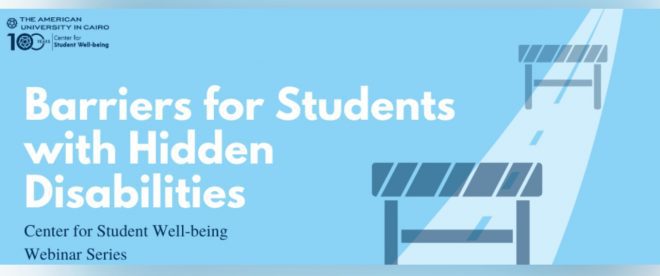
This uncertainty is usually diminished once employers receive more information and speak to the students.

